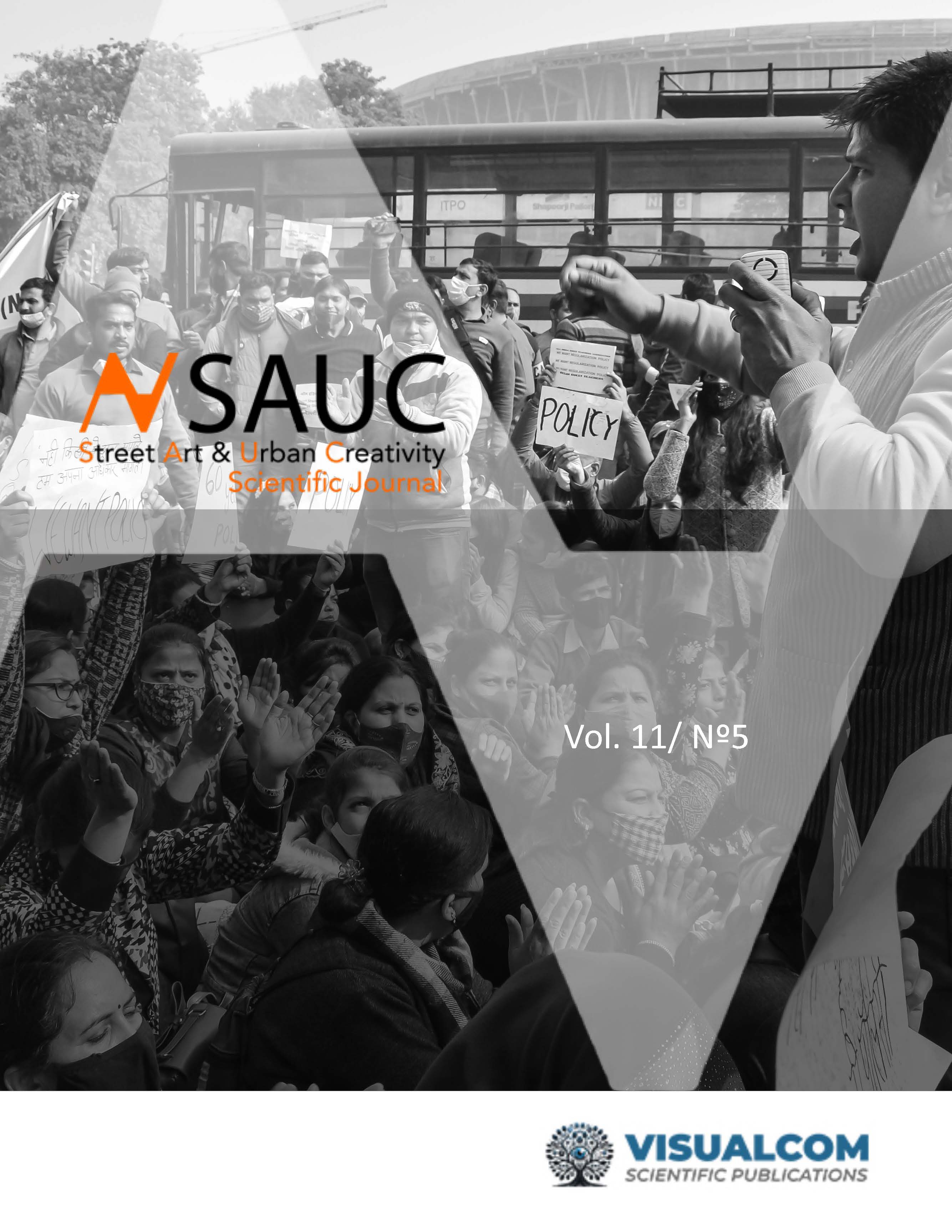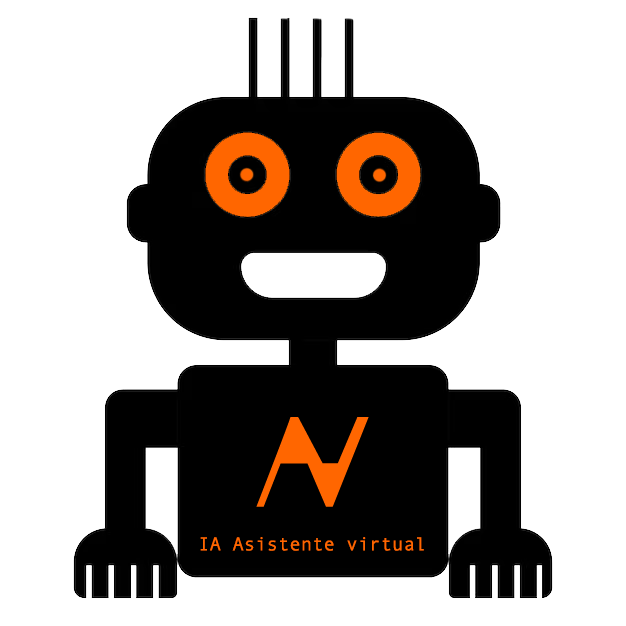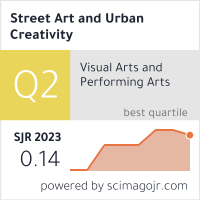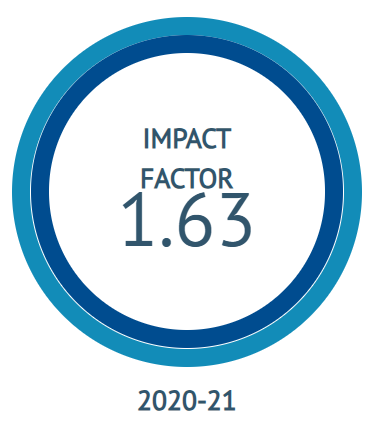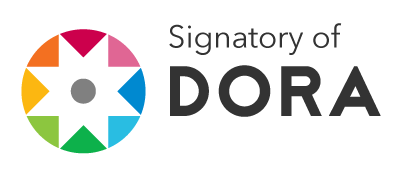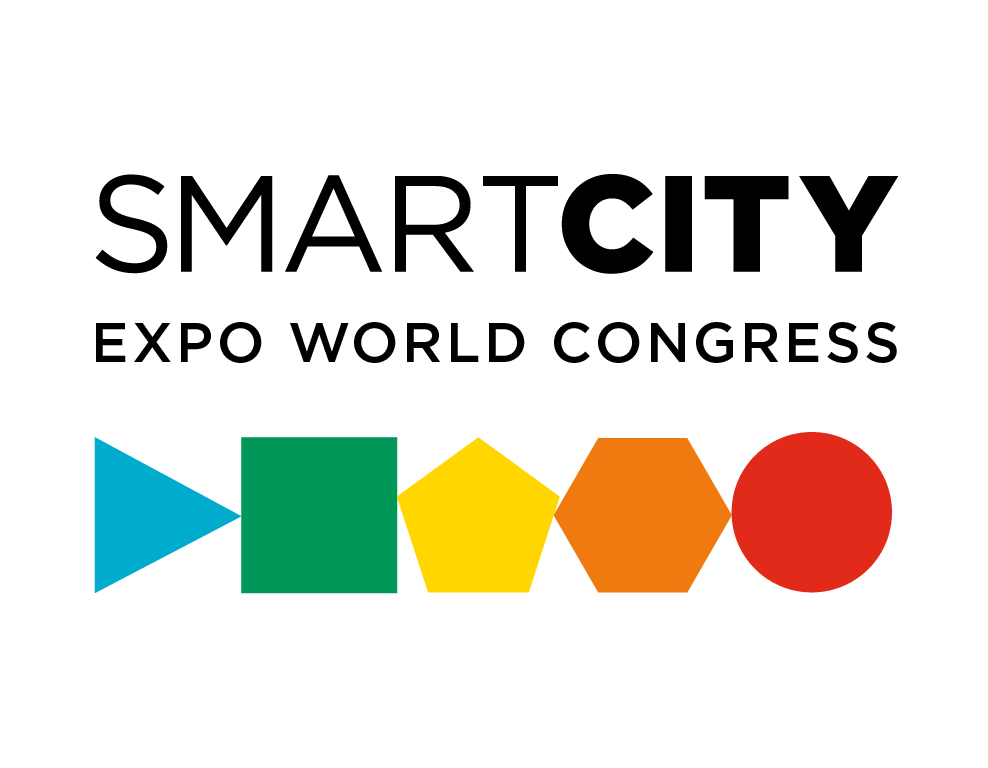Creativity as a driver to Resilience in Cities.
The more creative the more resilient
DOI:
https://doi.org/10.62161/sauc.v11.5836Keywords:
Resilience, Creativity, Innovation, Urban Context, Recovery, PreparednessAbstract
The OECD defines urban resilience as a city’s ability to prepare for, absorb, and recover from adverse events, which are increasingly frequent due to human activity. We propose a direct relationship between resilience and creativity, where innovation is key to improving preparedness, reducing risks, and accelerating recovery.
Based on the analysis of 175 cities from the Global Observatory of Attractive Cities for Talent and other sources, we developed creativity and resilience indices considering factors such as innovation, technology, culture, and risk preparedness.
The study shows that the most creative cities are also the most resilient, as their innovative capacity enables effective solutions to challenges like natural disasters or economic crises, thereby fostering more adaptable and prepared urban environments.
Downloads
Global Statistics ℹ️
|
355
Views
|
177
Downloads
|
|
532
Total
|
|
References
Backhaus, A., & Fryd, O. (2012). Analyzing the First Loop Design Process for Large-Scale Sustainable Urban Drainage System Retrofits in Copenhagen, Denmark. Environment and Planning B: Planning and Design, 39(5), 820-837. https://doi.org/10.1068/b37088 DOI: https://doi.org/10.1068/b37088
Boston (2016). Climate Ready Boston Executive Summary. https://www.boston.gov/sites/default/files/file/2023/03/2016_climate_ready_boston_executive_summary_1.pdf
Brand, D., & Nicholson, H. (2016). Public space and recovery: Learning from post-earthquake Christchurch. Journal of Urban Design, 21(1), 1-18. https://doi.org/10.1080/13574809.2015.1133231 DOI: https://doi.org/10.1080/13574809.2015.1133231
Capillé, C. (2018). Political theatres in the urban periphery: Medellín and the Library-Parks Project. Bitácora Urbano Territorial, 28, 125-134. https://doi.org/10.15446/bitacora.v28n2.69893 DOI: https://doi.org/10.15446/bitacora.v28n2.69893
Center for an Urban Future (2024). The Changing Face of Creativity in New York: Sustaining NYC’s Immigrant Arts Ecosystem Through Crisis and Beyond. https://nycfuture.org/research/the-changing-face-of-creativity
City of Los Angeles (2024). Emergency Management Department. Leadership & Organization. https://emergency.lacity.gov/about/leadership-organization
Dircke, P., & Molenaar, A. (2015). Climate change adaptation; innovative tools and strategies in Delta City Rotterdam. Water Practice and Technology, 10(4), 674–680. https://doi.org/10.2166/wpt.2015.080 DOI: https://doi.org/10.2166/wpt.2015.080
European Commission (2019). Oslo: European Green Capital 2019. https://ec.europa.eu/environment/europeangreencapital
Florida, R. (2002). The Rise of the Creative Class: And How It's Transforming Work, Leisure, Community and Everyday Life. Basic Books.
Global (2024, February 1). Berlin's economic resilience: A story of transformation and sustainability. IP Global Ltd. Retrieved from https://www.ipglobal-ltd.com
Goodfon. (n.d.). San Francisco skyline at sunset [Photo-graph]. https://www.goodfon.com/city/wallpaper-san-francisco-california-san-francisco-bay-san-frantsisko-ka.html
IP Global (2024, February 1). London's creative economy and immigrant contributions. IP Global Ltd. https://www.ipglobal-ltd.com
Irwin, A. (2020). Why Venice is actually a textbook case for flood prevention. Prevention-Web – UNDRR. https://www.preventionweb.net/news/why-venice-actually-textbook-case-flood-prevention
Landry, C. (2008). The Creative City: A Toolkit for Urban Innovators. Routledge.
Lewis, A. (2023). After a decade of planning, New York City is raising its shoreline. PreventionWeb – UNDRR. https://www.preventionweb.net/news/after-decade-planning-new-york-city-raising-its-shoreline
Lockhart, C. (2021, June 15). How San Francisco became a national model for COVID-19 response. San Francisco Examiner. https://www.sfexaminer.com
New Zealand Government (2020). Wellington’s community engagement in disaster preparedness. https://www.govt.nz
NYC.gov (2024). The People’s Money: Participatory budgeting for all New Yorkers. https://www1.nyc.gov/site/democracynyc/pb/the-peoples-money.page
OECD (2018). Indicators for Resilient Cities. OECD Regional Development Working Papers 2018/02. https://www.oecd-ilibrary.org/docserver/6f1f6065-en.pdf?expires=1726220445&id=id&accname=guest&checksum=0F71B5F8827AFE4AF5531A6D8EA93B72
OECD (2020). Zurich’s resilience to economic shocks. Organisation for Economic Co-operation and Development. https://www.oecd.org DOI: https://doi.org/10.1787/f6d42aa5-en
Ondiviela, J. A. (2021). Beyond SmartCities: How to create an Attractive City for Talented Citizens. Springer International Publishing. https://doi.org/10.1007/978-3-030-83371-8 DOI: https://doi.org/10.1007/978-3-030-83371-8
PxHere (2024). Free Images & Free Stock Pho-tos. https://pxhere.com/en/photo/1400083?utm_content=shareClip&utm_medium=referral&utm_source=pxhere
Smart Cities World (2023). How Zurich became a leader in smart city innova-tion. https://www.smartcitiesworld.net
The World Bank (2019). Information and Communication Technology for Disaster Risk Management in Japan. https://documents1.worldbank.org/curated/en/979711574052821536/pdf/Information-and-Communication-Technology-for-Disaster-Risk-Management-in-Japan.pdf DOI: https://doi.org/10.1596/32797
The World Bank (2022). A catalogue of best practices for building flood resilience. NIUA, GDFRR, UN. Retrieved May 2024, from https://niua.in/c-cu-be/sites/all/themes/zap/pdf/A%20Catalogue%20of%20Best%20Practices%20for%20Building%20Flood%20Resilience.pdf
Tokyo Metropolitan Government (2023). TOKYO Resilience Project. https://www.english.metro.tokyo.lg.jp/w/001-101-001118
UNCTAD (2010). Creative Economy Report 2010: A Feasible Development Option. United Nations Conference on Trade and Development. https://unctad.org/webflyer/creative-economy-report-2010
UNDP (2020). A New Risk Landscape: Innovation, finance and resilience in a COVID-19 world. United Nations Development Programme. https://www.undp.org/publications/new-risk-landscape
ONU-Hábitat (2017). Trends in Urban Resilience 2017. United Nations Human Settlements Programme (UN-Habitat). http://urbanresiliencehub.org/wp-content/uploads/2017/11/Trends_in_Urban_Resilience_2017.pdf
UN-Habitat (2017). New Urban Agenda. United Nations Conference on Housing and Sustainable Urban Development (Habitat III), Quito, 20 October 2016. United Nations. https://habitat3.org/wp-content/uploads/NUA-English.pdf
UNDRR (2019). 2009 UNISDR Terminology on Disaster Risk Reduction (Updated). https://www.preventionweb.net/files/7817_UNISDRTerminologyEnglish.pdf
UNISDR (2015). Sendai Framework for Disaster Risk Reduction 2015-2030. United Nations Office for Disaster Risk Reduction. https://www.undrr.org/implementing-sendai-framework/what-sendai-framework
UNESCO (2013). Global Report on Education and Culture. United Nations Educational, Scientific and Cultural Organization. https://en.unesco.org/
UNESCO (2021). Copenhagen’s urban resilience and adaptability through sustainabil-ity. https://www.unesco.org
UNESCO (2023). Promoting the diversity of cultural expressions and creative economy. https://www.unesco.org/
UNESCO (2024). Creative Cities Network Report. United Nations Educational, Scientific and Cultural Organization. https://en.unesco.org/creative-cities
World Technology Leader (2023). Smart City Index 2023: Zurich, Oslo and Canberra are Technology Leaders. https://world-technology-leaders.com/newsroom/smart-city-index-2023-zurich-oslo-and-canberra-technology-leaders/
World’s Best Cities (2025). World's Best Cities 2025 Rankings. https://www.worldsbestcities.com
Zurich Insurance Group (2014). Zurich's flood resilience program. Zurich Insurance Group. https://www.zurich.com
Downloads
Published
How to Cite
Issue
Section
License
Copyright (c) 2025 Authors retain copyright and transfer to the journal the right of first publication and publishing rights

This work is licensed under a Creative Commons Attribution-NoDerivatives 4.0 International License.
Those authors who publish in this journal accept the following terms:
-
Authors retain copyright.
-
Authors transfer to the journal the right of first publication. The journal also owns the publishing rights.
-
All published contents are governed by an Attribution-NoDerivatives 4.0 International License.
Access the informative version and legal text of the license. By virtue of this, third parties are allowed to use what is published as long as they mention the authorship of the work and the first publication in this journal. If you transform the material, you may not distribute the modified work. -
Authors may make other independent and additional contractual arrangements for non-exclusive distribution of the version of the article published in this journal (e.g., inclusion in an institutional repository or publication in a book) as long as they clearly indicate that the work was first published in this journal.
- Authors are allowed and recommended to publish their work on the Internet (for example on institutional and personal websites), following the publication of, and referencing the journal, as this could lead to constructive exchanges and a more extensive and quick circulation of published works (see The Effect of Open Access).

